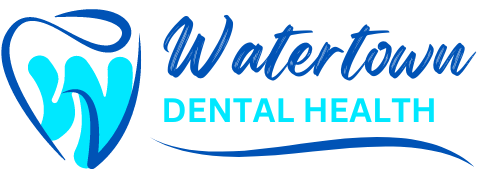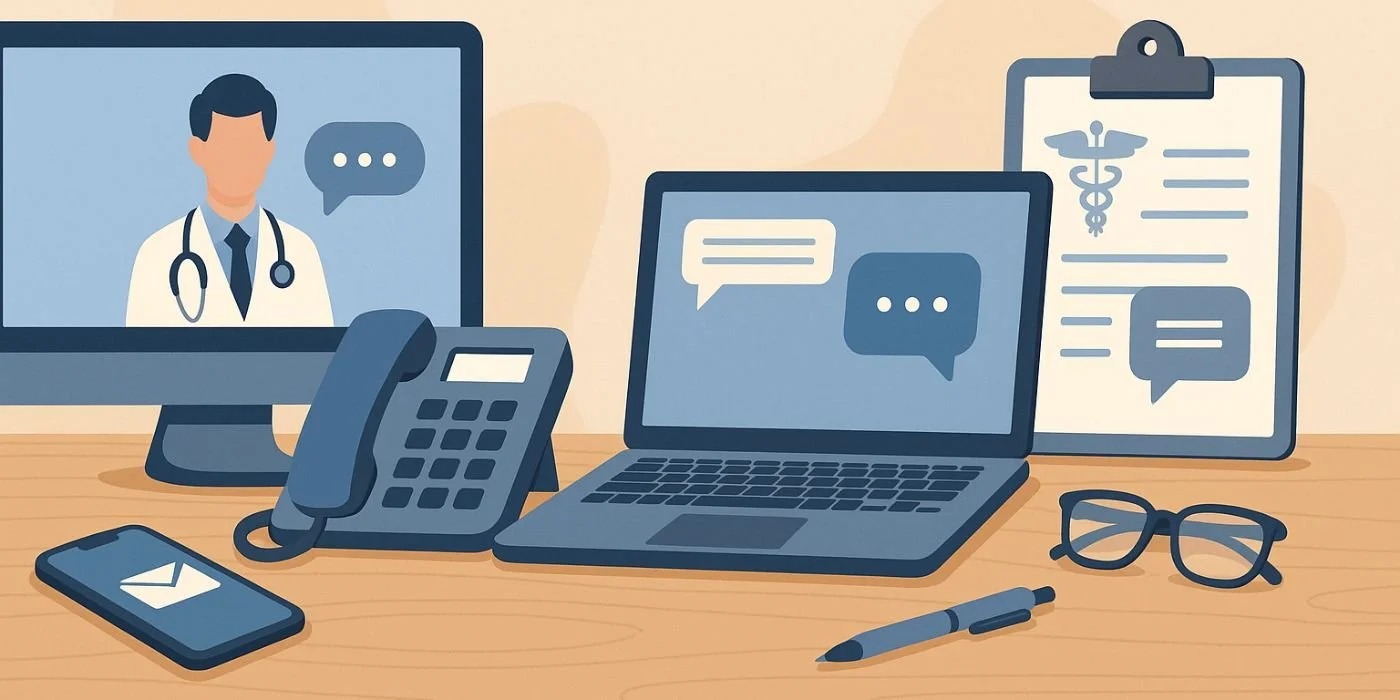Good communication has always been important in healthcare, but today it matters more than ever.
Patients want quick updates, easy appointment scheduling, and clear instructions that make them feel supported at every step.
Modern communication tools are helping clinics, hospitals, and private practices meet these expectations in a simple and organized way.
They also help staff work more efficiently without feeling overwhelmed.
If you want a deeper look into how these tools can help, solutions like patient communication software like Demandforce show how technology can connect practices and patients more smoothly.
In this article, we will talk about the communication tools that improve patient experience and why healthcare practices of all sizes are choosing them.
Why Patient Communication Matters Today

Patients expect fast and convenient communication. They want reminders, updates, and ways to reach their provider without waiting on hold. When communication is slow or confusing, patients feel frustrated, which can affect trust and satisfaction.
Clear communication also helps prevent misunderstandings. When patients receive proper instructions, follow-up reminders, or clear care plans, they are more likely to follow through with their treatment. This leads to better health outcomes and stronger relationships between providers and patients.
Modern tools make this easier by automating simple tasks, giving patients more control, and helping clinics stay organized without needing extra staff.
The Shift to Modern Communication Tools
Many clinics still rely on phone calls, physical forms, or manual follow-ups. These methods can take a lot of time. Patients may miss calls, forget instructions, or feel unsure about their next steps.
Modern communication tools solve these problems by offering quick digital options such as text reminders, email updates, online scheduling, and secure messaging. These systems create a smoother experience both for patients and for healthcare teams.
With the right tools, patients feel more connected and informed. Meanwhile, staff members can manage daily tasks with less stress and fewer mistakes.
Text Messaging and Email Reminders
Why Reminders Matter
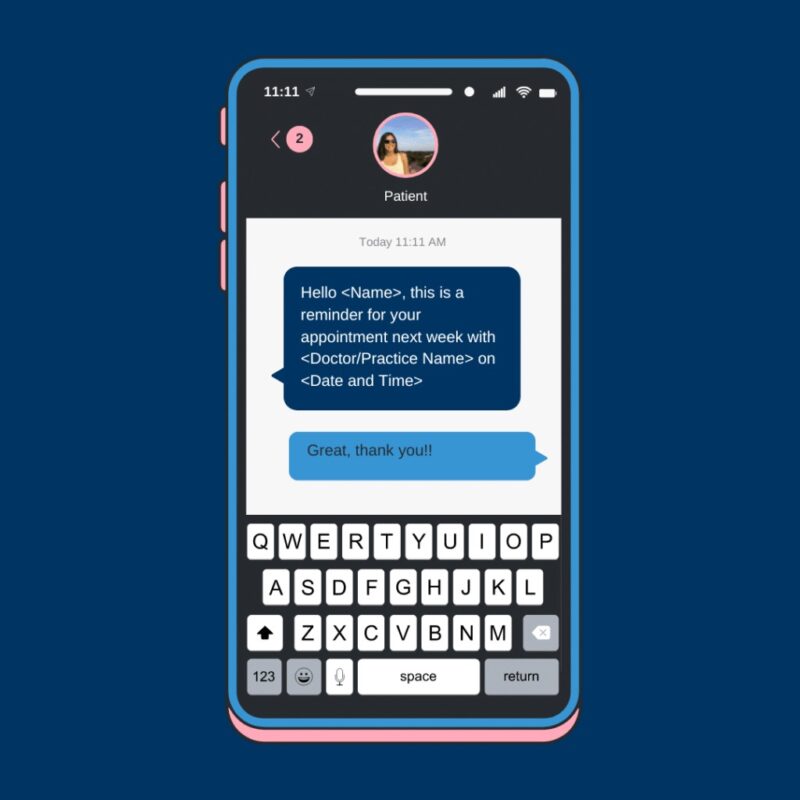
Missed appointments are a common issue in healthcare. They reduce productivity and create gaps in patient care. Many patients simply forget their scheduled time or lose track of their day.
Text and email reminders help fix that. They come at the right moment, are easy to read, and require little effort from the patient. A quick reminder often makes the difference between a missed appointment and an on-time arrival.
How Text and Email Reminders Improve the Experience
- Patients receive clear details about their visit.
- They can confirm or cancel with a simple reply.
- Clinics save time by reducing manual follow-up calls.
- Accuracy improves because details are written instead of spoken.
Patients appreciate these reminders because they reduce stress and uncertainty. For clinics, they help keep schedules full and organized.
Online Scheduling and Appointment Management
Giving Patients More Control
Many patients prefer online scheduling because it feels convenient. They do not need to call during business hours or wait on hold. They simply open a website or app, choose an available time, and book their appointment.
This type of tool improves the patient experience by giving people more control. It also reduces pressure on front desk staff, who often spend a lot of time answering scheduling questions.
How Online Scheduling Helps Clinics
- Fewer phone calls for staff
- Fewer scheduling mistakes
- Faster booking for new and existing patients
- Automatic confirmations and updates
Patients get answers quickly, and clinics maintain a more accurate calendar. Everyone benefits from the reduced confusion.
Secure Messaging for Patient Questions
A Simple Way to Ask Questions
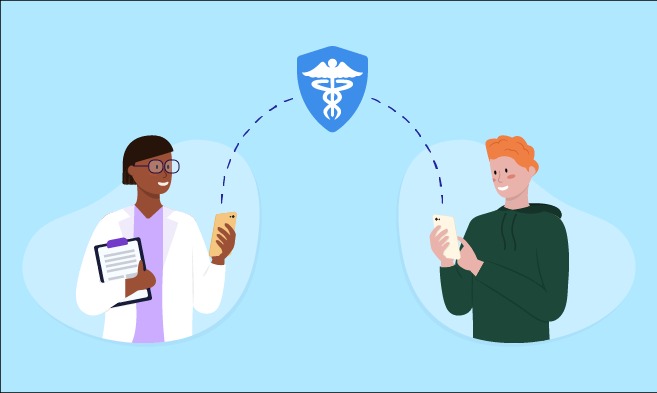
Patients often have follow-up questions after appointments. They may be unsure about medication instructions, changes in symptoms, or next steps. Many do not want to call the clinic or may forget to ask important questions.
Secure messaging gives patients a safe way to reach their provider without feeling rushed. It is similar to texting, but protected for privacy.
How Secure Messaging Improves Care
- Patients get answers faster.
- Providers can send instructions in writing.
- There is less confusion about what to do next.
- Small issues can be handled without a full visit.
This tool helps patients feel supported while helping clinics reduce unnecessary phone calls.
Digital Forms and Paperless Check-ins
Why Paperless Tools Are Popular
Paper forms can be messy, time consuming, and easy to lose. Patients may fill them out in a hurry, leading to mistakes or missing information.
Digital forms give patients time to complete paperwork at home before their visit. This helps clinics collect accurate information and speed up the check-in process.
Benefits of Digital Forms
- Faster check-ins
- Fewer errors
- More organized records
- Less time spent scanning or filing documents
Patients appreciate that they do not need to arrive early or handle long forms at the front desk.
Patient Portals for Better Access
A Central Hub for Information
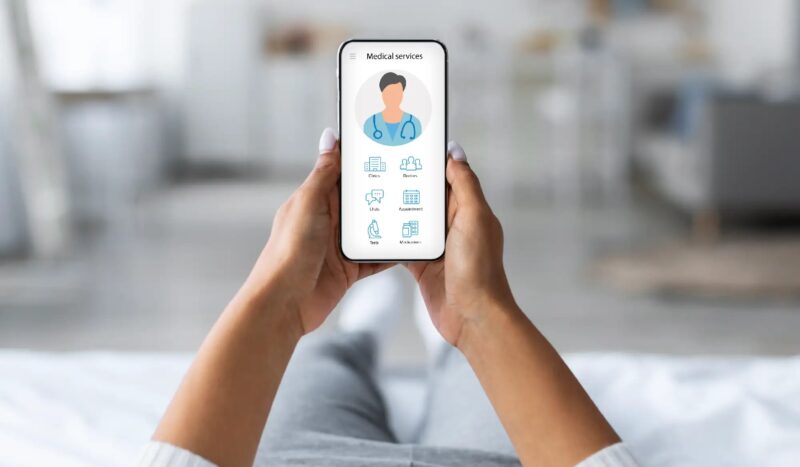
Patient portals are one of the most helpful modern communication tools. They give patients a space to log in, check test results, view appointment history, update personal information, and message their provider.
Everything is in one place, making healthcare information easier to manage.
How Patient Portals Improve the Experience
- Patients can access their records any time.
- They feel more involved in their health.
- It reduces repeated questions for staff.
- It keeps important information organized and easy to find.
Portals work well for both large hospitals and smaller clinics because they encourage transparency and help build trust.
Automated Follow-ups and Patient Outreach
Keeping Communication Consistent
After an appointment, many patients want guidance on what to do next. Automated follow-ups help clinics send instructions, reminders, or educational materials without extra workload.
They can include:
- Post-visit care tips
- Medication reminders
- Follow-up appointment notices
- Satisfaction surveys
These small touch points help patients feel cared for and supported while improving engagement.
How Automated Outreach Helps Clinics
Automated messages save time and help clinics maintain high service quality. They also encourage patients to stay consistent with their care, which leads to better results and stronger long term relationships.
How Modern Tools Support Healthcare Teams
Reducing Stress and Workload

Healthcare teams handle many tasks each day. When communication depends on phone calls and manual processes, it can be overwhelming.
Modern tools reduce this pressure by:
- Automating small tasks
- Organizing patient information
- Making follow-ups easier
- Reducing repetitive work
With less administrative stress, staff can focus more on patient care and provide a better experience.
Helping Clinics Work More Efficiently
Efficiency is important for small practices and large facilities. When communication is clear and automated, clinics can serve more patients, reduce mistakes, and keep daily operations smooth.
Choosing the Right Communication Tools
Not all tools are the same. The right system depends on your practice size, specialty, and patient needs. When choosing a solution, consider:
- Ease of use for patients
- Automation options
- Security and privacy features
- Integration with your existing systems
- Support and training availability
A simple and reliable communication system can make a meaningful difference in both patient satisfaction and clinic performance.
Final Thoughts
Modern communication tools are shaping the future of patient experience. They help clinics stay organized, reduce missed appointments, and support patients with helpful reminders and easy access to information. Most importantly, they make patients feel valued and understood.
By using tools such as online scheduling, secure messaging, digital forms, reminders, and patient portals, healthcare providers can offer a smoother experience without adding extra workload.
The goal is simple. Make communication easier, clearer, and more convenient. With the right tools, patients will feel more confident, connected, and cared for throughout their entire healthcare journey.
